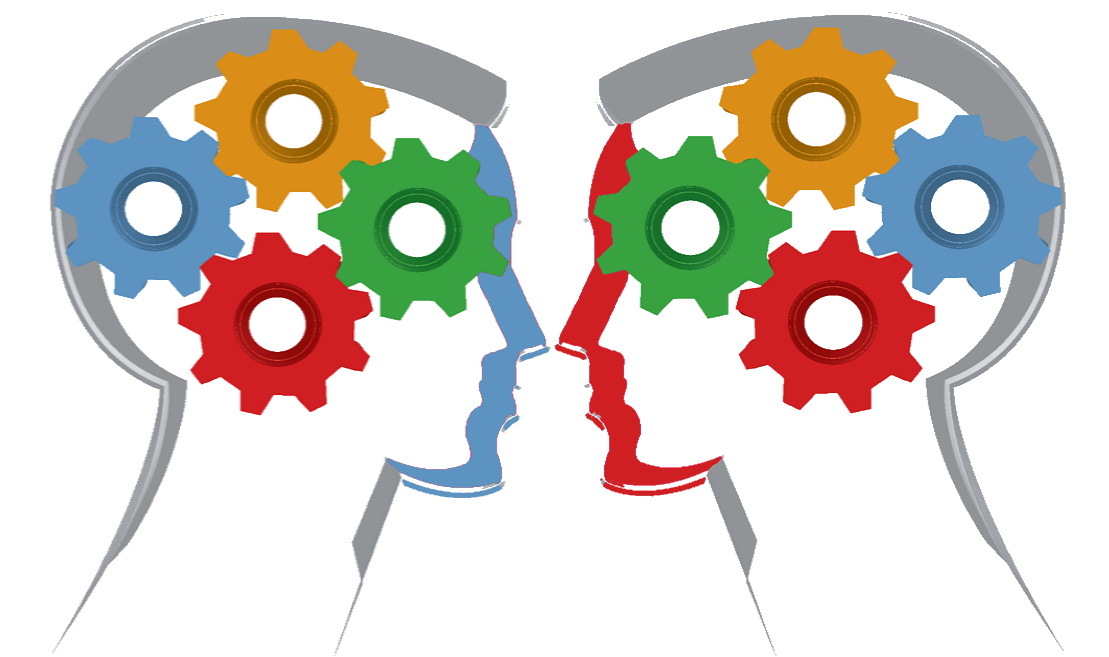
The two faces of the Leadership Brain
When Elsa planned her working day, it stretched before her with endless possibilities and a ‘to do’ list that when accomplished would make her life so much easier. That was the plan!
Her rational brain had helped her to devise this plan but as often happens, distractions and other ‘outside of her control’ events got in the way of this smooth accomplishment.
Before embarking on her list, she gave a quick glance at the agenda for the Team Meeting later that day and was instantly reminded of an issue that frustrated her at the last meeting. She felt irritated that no resolution had been found in the interim. Why hasn’t this issue been resolved? She felt her mood shift and her focus was pulled away from her carefully constructed to do list.
She called a team member and let her frustration with the situation brim over into the conversation, so by the time she put the phone down, she was not only agitated, she was also annoyed with herself for taking such a sharp tone, aware that she probably irritated her colleague and of course had not progressed the situation at all. She was also certain that the outcome of the meeting was not likely to be a successful one – again!
So, how could this have gone differently?
First, it would help to understand the two distinct ‘faces’ of the brain:
- The ‘rational’ face is the one that devised the plan in the first place. This face is more thoughtful and reasoned and often makes better decisions.
- The ‘reactive’ face thrives on impulsivity and pays no attention to carefully constructed lists and plans. When it does this it is only doing its job of trying to protect us, even if it misguides us sometimes. But this face is very useful for providing motivation and is especially effective in dealing with emergencies.
Both faces provide important functions for us, but if we are unaware of how they influence us, we might end up regretting our actions.
Becoming more aware
The best place to start is by noticing what our reactive brain is up to and recognising when it generates emotions such as anger, frustration or impatience. By noticing these emotions and labelling them, we can step back and allow our more measured, thoughtful brain to kick in and gain a different perspective on how to progress. This is what mindfulness is all about.
The ABC of Mindfulness
Mindfulness is powerful and yet it takes practice to become good at it. Here is one simple mindfulness practice that can help you choose your rational face rather than your reactive face. This is the simple tool called the ABC of Mindfulness:
- Awareness – become conscious of your thoughts and reactions.
- Breathe – step back from your thoughts and breathe until you feel your impulsive feelings are more in control.
- Choose – once calm, you will be better placed to make a choice for a next step.
Learn more about the ABC model
This post, Keep calm and stay focused, will help you understand how multi-tasking challenges your ability to tap into your rational brain. When you have learned to access your slower, more thoughtful brain and avoid succumbing to the easily triggered impulsive brain, your capacity for making deliberate choices will increase.
Rewired to Relate trains team members to understand the many ways that the reactive brain drives them individually and collectively. The ABC model is presented as a key to becoming a more thoughtful leader and team member. If you would like your leaders or teams to become a little more mindful in their work together, contact us for more information.
Managing the brain under stress

This mini-course gives you a taste of how we present our online courses.
more info